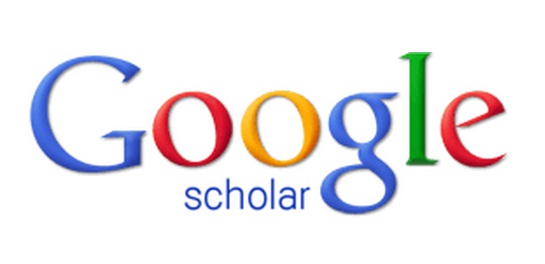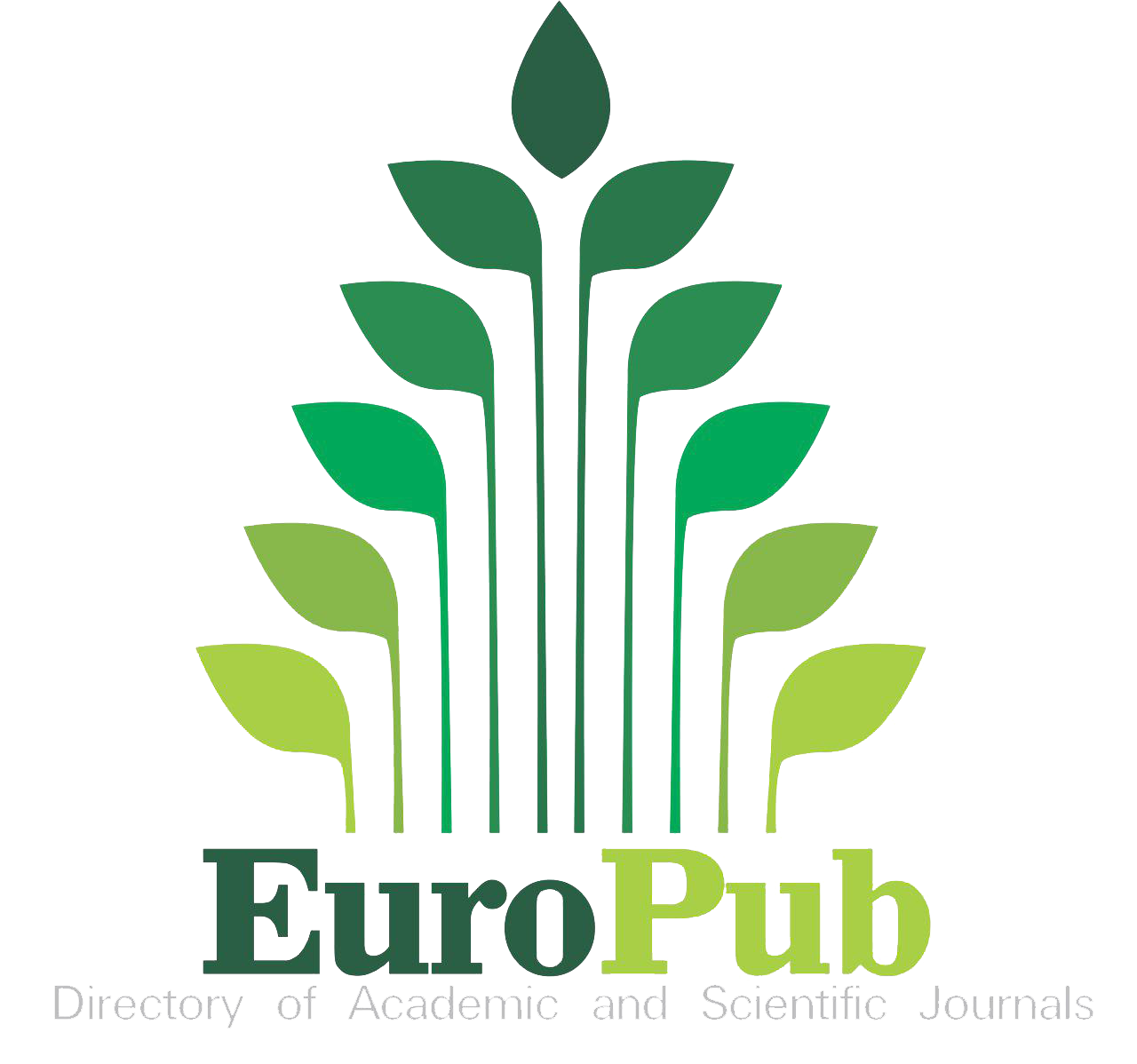The Impact of Information Architecture on Final User Benefits
DOI:
https://doi.org/10.54536/ajee.v2i1.2225Keywords:
Information Architecture, End-User, Organizational KnowledgeAbstract
The study aims to define information architecture and its dimensions and measure the role of the relationship between the dimensions of information architecture and the end user. Additionally, the study seeks to assess the impact of indicators of information architecture dimensions on achieving benefits for the end user. The study adopted a descriptive-analytical methodology as a specialized approach for execution, utilizing questionnaires, observation, and structured interviews as data collection methods. The statistical software SPSS was employed for analyzing the study’s results. The study yielded several notable outcomes. The study’s findings indicated a statistically significant impact between the elements of organizational knowledge as one of the dimensions of information architecture. Information technology emerged as the most influential factor, whereas organizational culture had the least impact on achieving benefits for the end user. The results affirmed a statistically significant positive relationship between information technology and achieving benefits for the end user, with a correlation coefficient of (0.68). This indicates that as information technology increases within the organization (study field), the benefits for the end user also increase.
Downloads
References
Abdul Razzak, N. (2015). Challenges facing school leadership in promoting ICT integration in instruction in the public schools of Bahrain. Education and Information Technologies, 20, 303-318.
Aggelidis, V. P., & Chatzoglou, P. D. (2012). Hospital information systems: Measuring end user computing satisfaction (EUCS). Journal of biomedical informatics, 45(3), 566-579.
Al-kashab, D. H. (2013). Rationalize the Organization Structure of the Mosul University: A Proposed Modification Model. Tanmiyat Al-Rafidain, 35(111), 79-99.
Alsomaidaee, M. M., Joumaa, B. A., & Khalid, K. W. (2023). Toxic Workplace, Mental Health and Employee Well-being, the Moderator Role of Paternalistic Leadership, an Empirical Study. Journal of Applied Business and Technology, 4(2), 114-129.
Al Somaidaee, L. M. M., & AL-Zubaidi, G. D. (2021). Moderating role of virtual teams on the relation between cultural intelligence and strategic excellence. Revista Geintec-Gestao Inovacao E Tecnologias, 11(4), 3703-3721.
Barker, I. (2023). What is information architecture? Retrieved from steptwo: https://www.steptwo.com.au/papers/kmc_whatisinfoarch/
Bradford, P. (2023). Introduction to Information Architecture . Retrieved from https://docstore.mik.ua/orelly/web2/infoarch/ch02_01.htm
Brancheau, J. C., Schuster, L., & March, S. T. (1989). Building and implementing an information architecture. ACM SIGMIS Database: the DATABASE for Advances in Information Systems, 20(2), 9-17.
cambridge. (2023). end user. Retrieved from cambridge: https://dictionary.cambridge.org/dictionary/english/end-user
Crawford, S. (2023). How Information Architecture Works. Retrieved from : https://computer.howstuffworks.com/information-architecture.htm#pt3
Enaam Ali Al-Shahrbali. (2012). Information Industry. Amman: Dar Al-Warraq Publishing.
Estrach, P. (2022, Dec 27). What is Enterprise Architecture (EA), and Why is it Important. Retrieved from : https://www.mega.com/blog/what-is-enterprise-architecture-definition
Fitzgerald, A. (2022, September 13). What Is Information Architecture & Why Does It Matter? Retrieved from hubspot: https://blog.hubspot.com/website/information-architecture
HAYES, A. (2023, February 24). End User: Definition, Examples, Vs. Customer. Retrieved from : https://www.investopedia.com/terms/e/end-user.asp
Herbert, B. (2021, December 16). How to Enhance Organizational Learning. Retrieved from : https://www.spiceworks.com/hr/learning-development/articles/how-to-enhance-organizational-learning/
Ibrahim, M. T., (2008). Studies in Scientific Study Methods. Alexandria: Dar El Akkad.
Ismail Muhammad Ali Al-Dabbagh. (2013). The origins of scientific study and its methods in the science of tourism. Amman: Dar Al-Warraq Publishing.
Khalifa, R. & Belkacem, R. (2018). Purchasing decision characteristics of the final consumer and the industrial consumer. Journal of Real Estate Economic Studies .
Koberg, C. S., & Chusmir, L. H. (1987). Organizational culture relationships with creativity and other job-related variables. Journal of Business research, 15(5), 397-409.
Koberg, C. S., & Chusmir, L. H. (1987). Organizational culture relationships with creativity and other job-related variables. Journal of Business research, 15(5), 397-409.
Maimun, M., Huda, M., & Muhammad, M. Strategies for Building A Competitive and Excellent Islamic Educational Institution. POTENSIA: Jurnal Kependidikan Islam, 8(2), 137-153.
marketing-glossary. (2023). End User. Retrieved from : https://mailchimp.com/marketing-glossary/end-user/
Marr, B., Gupta, O., Pike, S., & Roos, G. (2003). Intellectual capital and knowledge management effectiveness. Management decision, 41(8), 771-781.
Muhammad Bakri Abdul alim. (2012). Organizational Behavior: A Contemporary Applied Approach. Alexandria: University House.
Muhammad Moeed Khamis Al Harithi. (2023). The role of organizational knowledge in increasing job satisfaction among employees. Journal of The Iraqi University, 60(3).
Reem Faisal Al-Benyan. (2017). Saudi Government Government Agencies Website Information Architecture: An Evaluation Study. Cairo, Egypt.
Rohn, S. (2023, January 19). How to Create an Effective End-User Support Strategy (2023). Retrieved from whatfix: https://whatfix.com/blog/end-user-support/
Sabah, M. I. A., Rashid, U. K., Nasuredin, J., Hamawandy, N. M., Qader, A. N., Al-Kake, F., & Kakil, R. M. (2021). The effect of information systems success model on job performance in Iraqi banks. Review of International Geographical Education Online, 11(10).
Yale University. (2023). Usability & Web Accessibility . Retrieved from usa bility.yale: https://usability.yale.edu/understanding-your-user/user-goals
Ye, P., Liu, L., & Tan, J. (2022). Creative leadership, innovation climate and innovation behaviour: the moderating role of knowledge sharing in management. European Journal of Innovation Management, 25(4), 1092-1114.
Downloads
Published
How to Cite
Issue
Section
License
Copyright (c) 2023 Firas Adredah Mansoor, Zaid Mustafa Abdalrazzaq

This work is licensed under a Creative Commons Attribution 4.0 International License.







